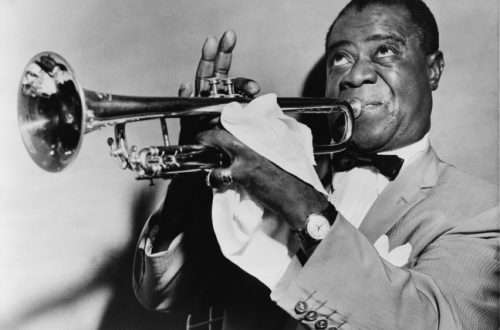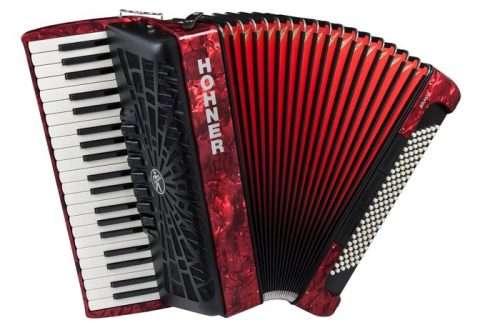
Types of cases and their selection
The instrument case is an extremely important piece of equipment for every instrumentalist. It serves not only to carry the instrument safely, but also to store it safely. String instruments are one of the most delicate instruments due to the wood that is easy to permanently damage and the multitude of elements, therefore proper protection is of utmost importance. Cases come in many different forms, from covers to hard cases.
Soft cases At the initial stage of the game or with a less expensive instrument, a case or cover made of sponge, foam or fiberglass is enough. It is important that such a case has a fastened bow compartment, an accessory pocket and a sheet music compartment. Of course, it is also important that it is solidly constructed.
For your own convenience, you should look for a cover with braces that will allow you to carry the instrument on your back. These types of covers are extremely light and relatively inexpensive, but unfortunately they do not provide high protection. They are not suitable for longer journeys. When deciding on a soft case, we must take into account the necessity to pay special attention to the instrument, e.g. in public transport.
Hard cases Hard cases made of hardened polystyrene, carbon fiber or ABS material can boast a high level of protection. Unfortunately, these are cases from a higher price range, which is why musicians often decide to buy them after several years of study.
The price of a hard case depends mainly on the material the case is made of. The most desirable feature is its lightness, therefore the principle of “the lighter the more expensive” applies. Hard cases are characterized by very good protection, we can be sure that our instrument is safe and will not be damaged. Cases of this type allow for long and varied safe journeys of our instrument without unnecessary worrying about its condition.
When choosing a hard case, we should pay attention to the material it is made of. It should not have any cracks as it reduces the protection of the instrument. Usually, inside, the cases are lined with velvet material that protects the varnish, but there are also cases (especially made of carbon fiber) lined only with foam cushions in strategic places, which, however, does not reduce protection, provided that the instrument fits well to the case. Often cases of this type have wheels (especially cello) to facilitate transport. You need a harness to carry the instrument on your back, as these are heavier than soft cases. Inside hard cases, you can often find built-in hygrometers, i.e. devices for measuring humidity. In addition, hard cases come in an incredibly wide range of colors. There are tons of designs, colors and models to choose from.
Summation When choosing any case, one should remember about the appropriate size of the case for the instrument. Even the hardest case will not provide protection for the instrument, which will be able to move inside the case during transport.
In summary, both types of cases have advantages and disadvantages. Certainly, for someone who travels a lot or has a valuable instrument, a hard case will be better, while for a beginner, a soft case will be sufficient. Regardless of our choice, remember – the protection of the instrument and its safety are the most important. The case is a one-time investment that should ensure the safety of the instrument.





